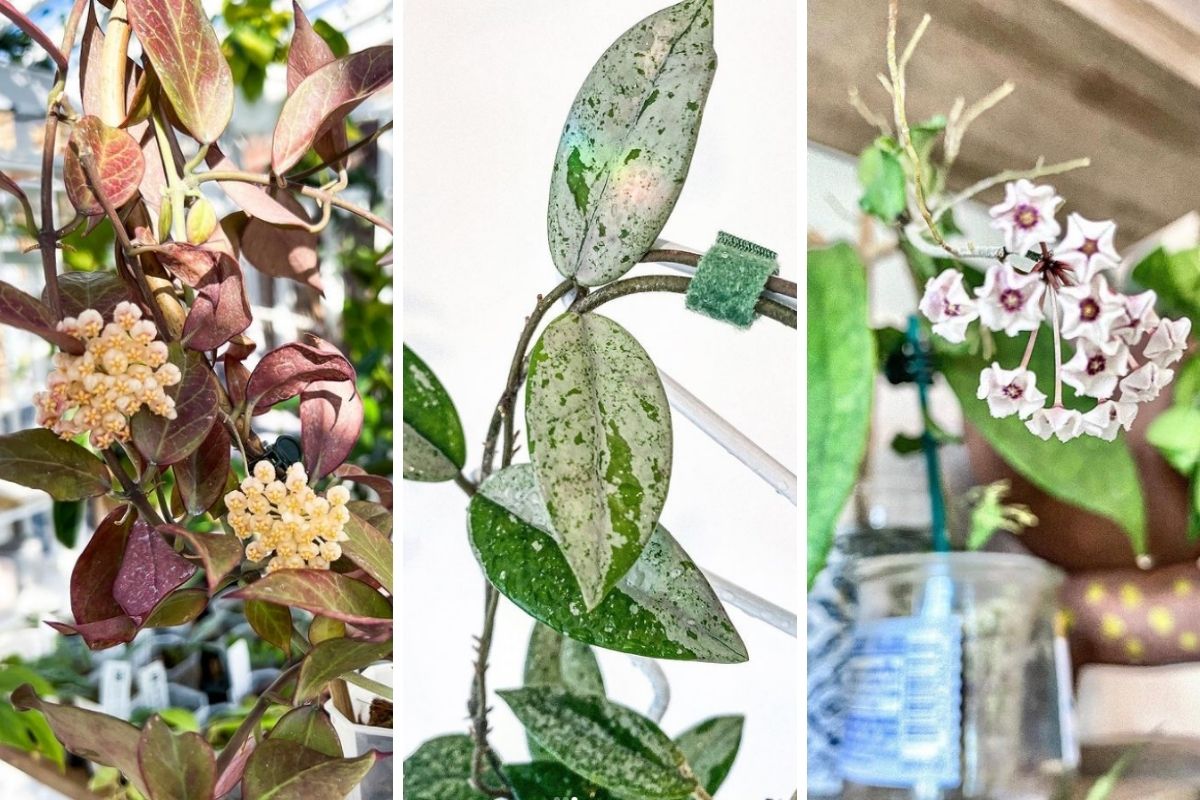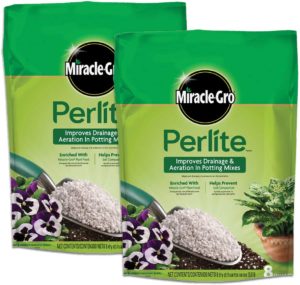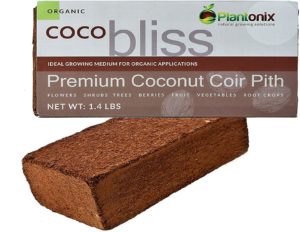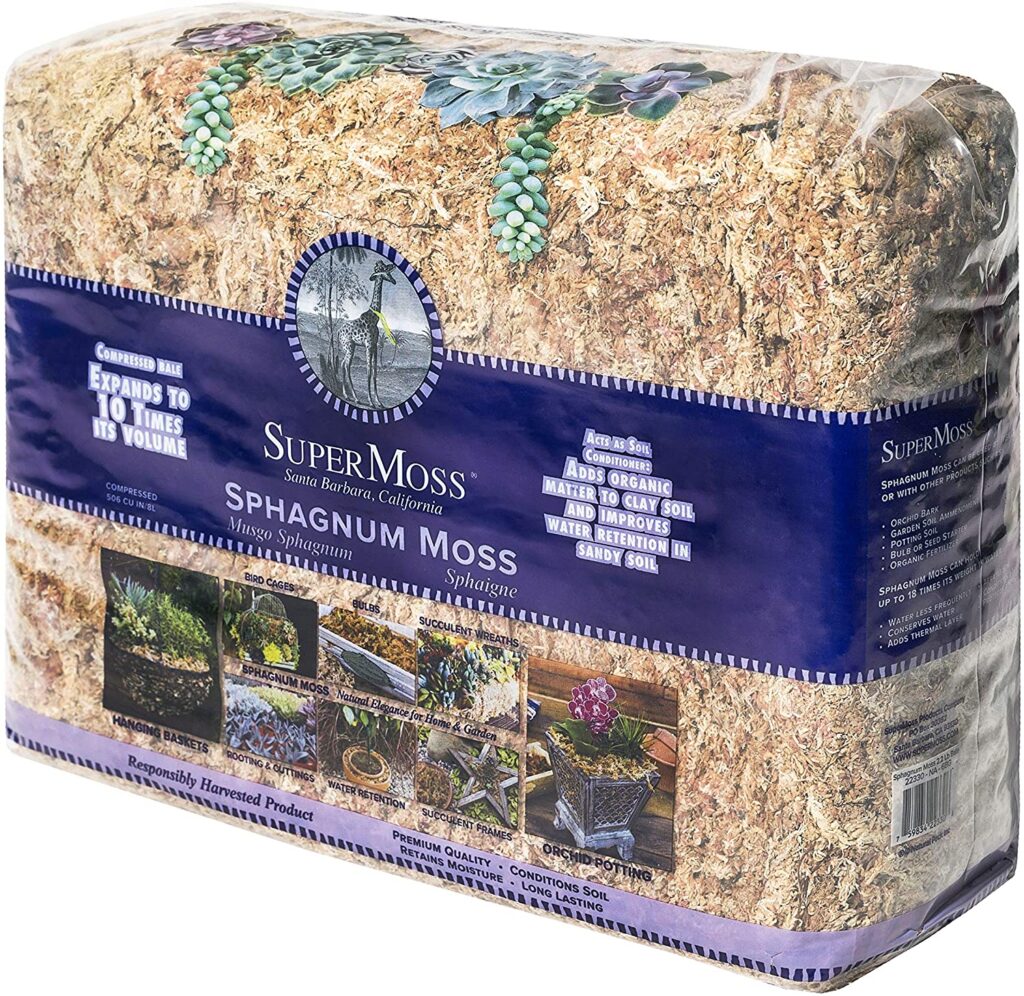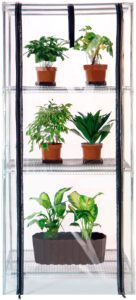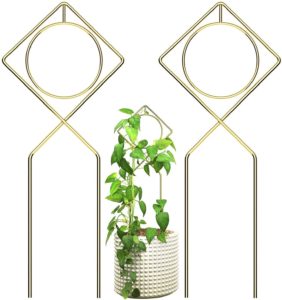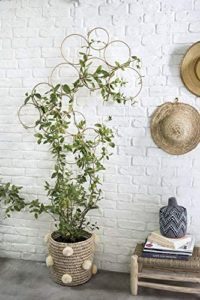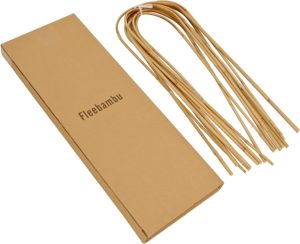Guest expert: Jun Li and Koryn Chiu, co-founders of Plant the Studio in New York
A popular houseplant that isn’t quite rare and isn’t that common either is the hoya. The hoya is a genus of tropical plants that are found in Southeast Asian countries. The wax plant has its own dedicated plantophiles that have fallen in love with their over 300 types. I wonder if there is a collector out there that has every single kind? (If you have heard of such a person, please let us know!!!)
A hoya plant has thick waxy leaves that are a lovely dark green color but can also be variegated with splashes of white and sometimes pink, depending on the species.
It is one of those rare indoor plants that can bloom but it has to be a fully mature plant to flower and that could take upwards of five years.
Plant the Studio in New York specializes in hoyas and has sold over 200 kinds in the past three years. We asked the plant shop’s co-founders Jun Li and Koryn Chiu about the best plant care for hoyas and, more importantly, how to get a hoya plant to climb a trellis.
You specialize in hoyas, but was that the first plant that started your plant obsession?
Koryn: I started with a monstera deliciosa and after that found myself going to plant stores and nurseries looking for houseplants every weekend.
Jun: Pretty soon our studio apartment was filled with plants and we started selling cuttings of plants. The first cutting we sold was a raphaidora tetrasperma (aka mini monstera).
You started shipping the cuttings, right? How did that go?
J: It was kind of a disaster because we didn’t know what we were doing! But we quickly learned that the plant cutting and any roots had to be wrapped with a damp paper towel and then in plastic. Then we wiped down the leaves with fungicide so that they wouldn’t get infected while in transit.
How did you get into hoyas and selling them?
K: At first I was into rare and uncommon houseplants and then I fell in love with hoyas and wanted to collect every single one!
J: It got to the point where we couldn’t move around our apartment with all the plants that we were selling. So we got another studio and moved all the plants for sale there. But business was good and then we decided to get a warehouse where we can really expand the business and sell even more.
K: Now we have a lot of hoyas but we also sell all kinds of houseplants.
Do you still sell cuttings of hoyas? What are your tips on propagating hoyas?
K: Yes, I still propagate some of the hoyas. I like to take cuttings from mature plants. I feel like trimming them makes them stronger too.
As long as there is a node it should be OK. It is important to let the stem cutting dry out so that it lessens the chance of root rot. And then dip it in rooting hormone. I prefer to root hoyas in sphagnum moss but it is hard to clean the roots once it’s time to move them into another medium.
We started mixing our own medium with coco husk or coco coir, perlite, and a little bit of peat moss and used that for propagating.
J: For the more expensive hoyas we use lechuza pon. Since pon is made of stones it is really airy and good for the hoya. We treat it like soil and have it in a pot with drainage. And then we place the hoya in a high humidity area.
How high should the humidity be and how do you make sure the humidity is kept high?
K: We have a humidity meter and make sure it stays at 80, and the temperature should also be around 80 too. The easiest way to control everything is to have a plant cabinet or greenhouse. It keeps everything controlled and constant and the hoyas love it. You just have to have fans in the cabinet and open it every so often for fresh air.
How do you get a hoya plant to climb?
K: The best thing to do is get a trellis. I really like bamboo ones rather than metal or plastic. And then all you have to do is get a clip or twist ties to secure the vine in place.
It will grow faster if it has something to climb on. You will see more new leaves, aerial roots, and tendrils growing and the hoya plant will be happy. Especially for the vining hoyas like, hoya pubicalyx, hoya australis, or the hoya bella.
see also: 5 diy dollar tree planters that you can make right now
Even the hoyas with really thick green leaves like the hoya obovata, hoya kerrii, and the hindu rope plant will love a trellis or anything to grow on. It also gives them some stability.
Speaking of stability, what is the best way to secure a trellis to a pot so that it doesn’t fall over?
J: I always recommend keeping the hoya plant in a plastic container, preferably clear so you can see the roots grow. Then secure the trellis and the hoya in a decorative pot that is heavy, one that will not topple over.
What kind of light does a hoya need?
J: They will grow well with bright indirect light or artificial light. They love to be next to a window. But be careful because the leaves can get burned, just check on it every so often to avoid that.
K: Some people like some color on the leaves. This makes it “sun-stressed” and it will have a reddish color on the leaf. Again, you just have to watch out that the leaf is not burning. And you can get the sun-stressed look even with a grow light.
What about variegation? How can a leaf have more of it?
To get more variegation the hoya leaves need to get a lot of light, either artificial light or sunlight. The more bright light the variegated leaf gets the better.
Only a couple of hoyas are variegated. Some types that have variegation are the hoya krimson queen, and variegated hoya carnosa, there is also a hoya kerrii with variegated leaves.
What other tips do you have for growing hoya?
K: It is better to be underwater than overwater. Because its foliage is like succulent leaves, it stores a lot of water. Once you notice that it is drooping a little then it is time to water it and it will perk right back. But if you overwater it, it will be hard to dry it out and make it grow. At that point, it is better to try and propagate it.
J: Watch out for pests like mealy bugs, spider mites, and root mealybugs. You really have to check the plants weekly to be safe. If you see any bugs, rub alcohol and neem oil on the leaves and stems. You can also use insecticidal soap.
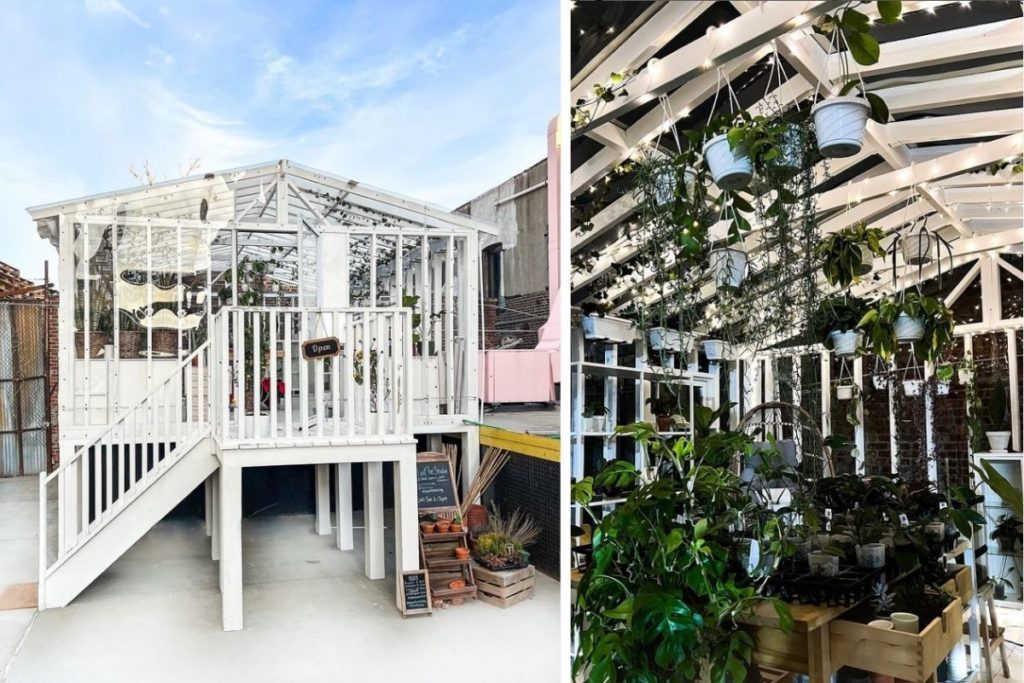
Plant the Studio
Get in touch: https://www.plantthestudio.com/
On Instagram: @PlantTheStudio
On Facebook: @PlantTheStudio
More How To Guides
- How To Get Rid Of Scale On Plants
- DIY Terrarium Table: How To Make A Table With Plants Inside
- How to Use Leca for Plants: Step-by-Step Guide with Pictures
- How To Use Grow Lights For Indoor Plants
- How To Propagate Peperomia Plants 2 Ways
- DIY Propagation Box With Grow Light
- How To Make Pothos Fuller (In 5 Minutes)
- How to Make a Moss Pole for Your Climbing Plants
- How to Make Potting Soil for Indoor Plants, Plus My Secret Ingredient
- How to Propagate a Split-Leaf Philodendron: Easy Step-by-Step Guide

